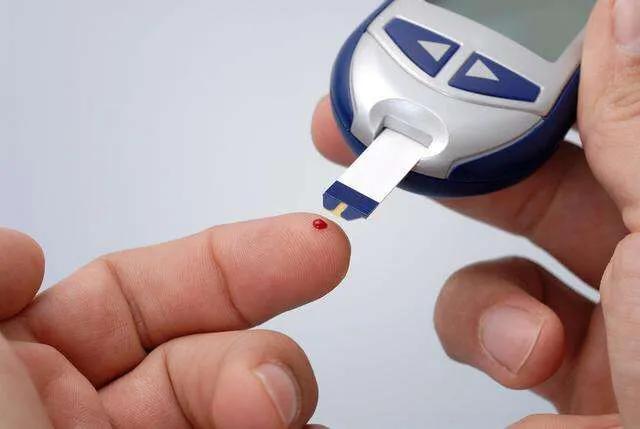How long does it take for an elderly person to recover from a diabetic amputation and an inadvertent fracture?
Diabetes, the elderly, broken bones, and amputations are a few factors that, when combined, do make it trickier.
An elderly person who has had an amputation due to diabetes has a long history of diabetes. Prolonged diabetes can lead to peripheral vascular and neuropathy in the lower extremities, resulting in blood flow and sensory abnormalities.
Also due to atherosclerosis in the large blood vessels of the elderly such as the lower limb vessels, plaque formation or stenosis occurs.

Large and small blood vessels have lesions, which will inevitably lead to difficulty in wound healing at the amputation site. Therefore, the amputation site is determined according to the blood supply of the lower extremity vessels, and high amputation is usually chosen.
Fractures that occur generally take longer to heal than in nondiabetic patients, and x-rays are performed one week postoperatively, with more obvious bone scab line formation observed only after 2 weeks.
Both amputation and fracture lead to prolonged bed rest and several comorbidities such as pressure ulcers, crashing pneumonia, thrombosis, osteoporosis, etc., which require very careful care and comprehensive systemic treatment.

This requires blood sugar to be maintained relatively well in order to promote the synthesis of healthy proteins, maintain active leukocyte chemotaxis, promote wound healing, and reduce inflammation.
I am Dr. Sun, pay attention to Dr. Sun talk about sugar, continue to learn about quality health knowledge, pay attention to the message will be replied!
This question and answer are from the site users, does not represent the position of the site, such as infringement, please contact the administrator to delete.